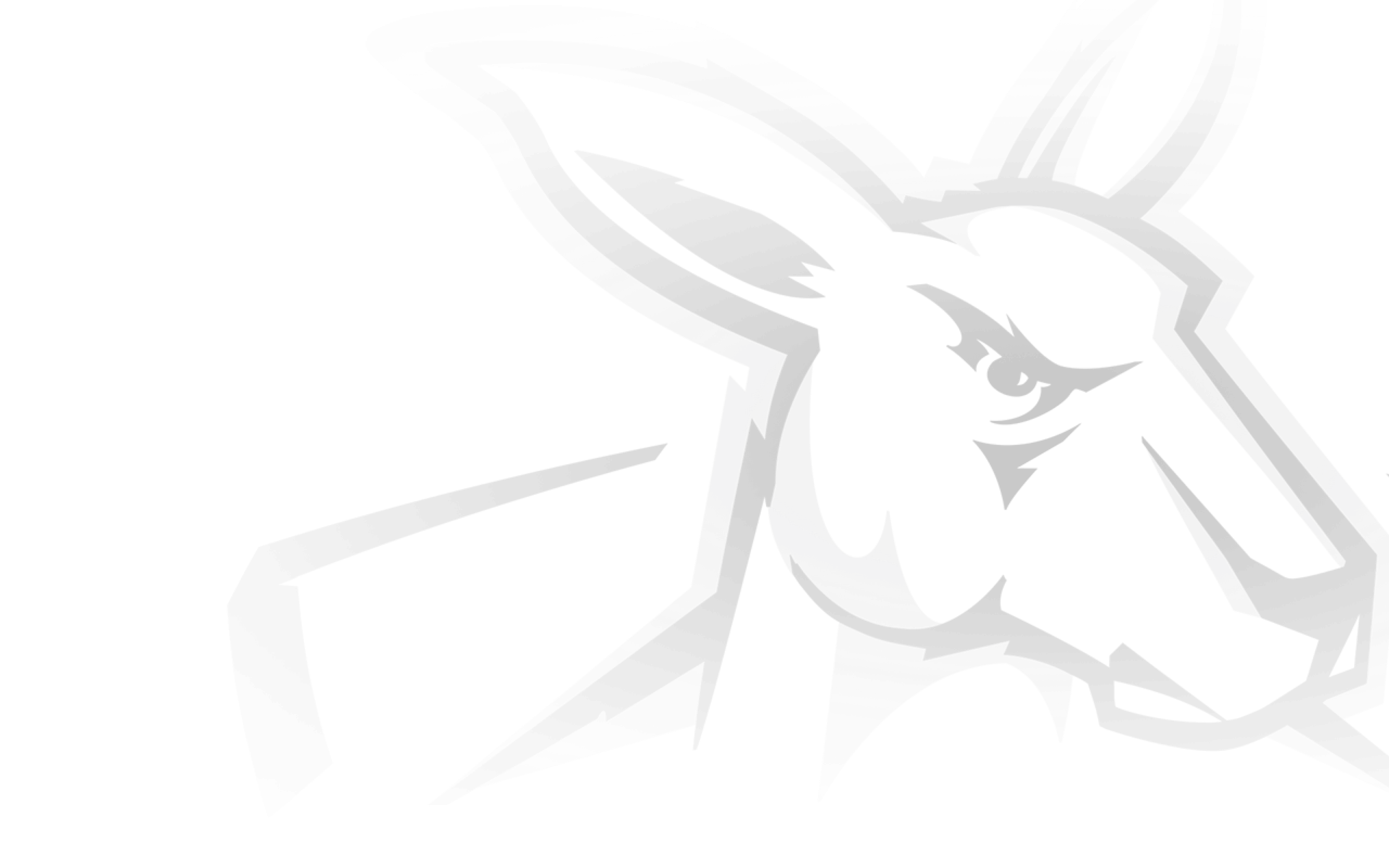NMFC Archives: Entry into VFL
The story of how North Melbourne was finally accepted into the VFL in 1925 is a fascinating tale.
North’s failed attempts to enter the league in 1896, 1908 and also 1921 are separate stories in themselves; today NMFC.com.au uncovers what was behind the successful introduction of one of the competition’s most famous clubs.
The VFL had been operating with an odd number of teams since University was disbanded in 1915. Due to World War 1, it hadn’t become an issue until the competition returned in full for 1919. Five years later, all clubs were supportive of the addition of at least one more side.
At the end of the 1924 season, a sub-committee was formed to examine ‘the advisability of the admission of Club or Clubs.’ By this time there had already been an unsuccessful application by the Brunswick City Council, on behalf of Brunswick Football Club.
Hawthorn and Footscray were consensus inclusions – the Hawks gave the league a presence in the ever-growing Eastern suburbs while the Bulldogs were the best team in the VFA at the time. However the addition of two sides took the VFL total to 11, meaning the problem of a bye still had to be resolved.
The clear favourite to be the third team admitted was Prahran. In fact, Carlton’s VFL delegate submitted a scheme that proposed the induction of Footscray, Hawthorn and Prahran. Each club would have been restricted to its own municipality as a recruiting zone to begin with.
Prahran had solid backing from the wealthy suburb of Toorak, meaning it had plenty of political and economic clout. At a potentially life-changing meeting on January 9, 1925, it became clear that it had the inside running to become the 12th and final team in the VFL. It was at this point where Johnny Meere’s friendship with Geelong’s VFL delegate proved to be invaluable.
Meere spent many years on the committee at North Melbourne, even spending some time as the President. He happened to live near the local train station, which was riddled with understandable disruptions during World War 1; the war effort taking precedence. It meant that often the late train back to Geelong was not available.
The result was Geelong’s VFL delegate being stranded. On numerous occasions, Meere invited the delegate to stay at his place before catching the early train the following morning. Therefore it was hardly unexpected that the two men became good friends over time.
In the final hours before the decision at January’s meeting, the North Melbourne group realised time was ticking on their chance to enter the VFL. As the clubs broke for a dinner of fish and chips from Cobb’s Café in Bourke Street, Meere approached his close friend from Geelong and asked for his help to sway some of the remaining voters.
While Prahran’s power had got it to this stage, it would inadvertently backfire at crunch time. The Geelong delegate allegedly stated that the amount of money Prahran had behind it made other clubs nervous, so the support could be easily swayed.
So North Melbourne’s fate changed forever while VFL delegates ate fish and chips. Once everyone returned from the break, it was agreed by 14 votes to three, that the Footscray, Hawthorn and North Melbourne Football Clubs be admitted to the league for the 1925 season and beyond.
The condition of the Northerners’ acceptance was Essendon retaining the Flemington and Kensington division of the local zone for recruiting purposes. On January 30, the club submitted a letter agreeing to the stipulation and on March 20, it was formally admitted into the Victorian Football League.
References
- Football Record, September 7, 1974
- The North Story
- Dr Francis Malane


